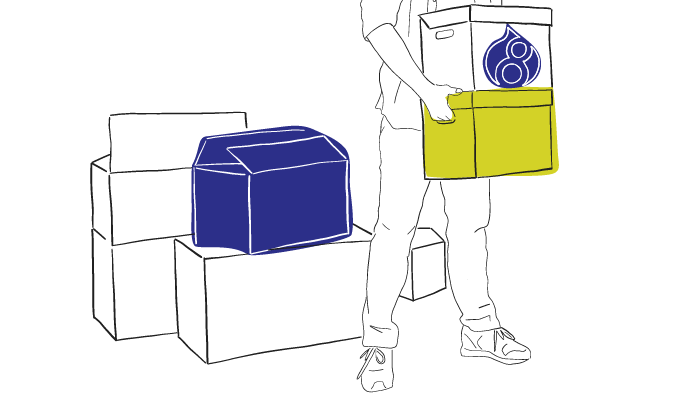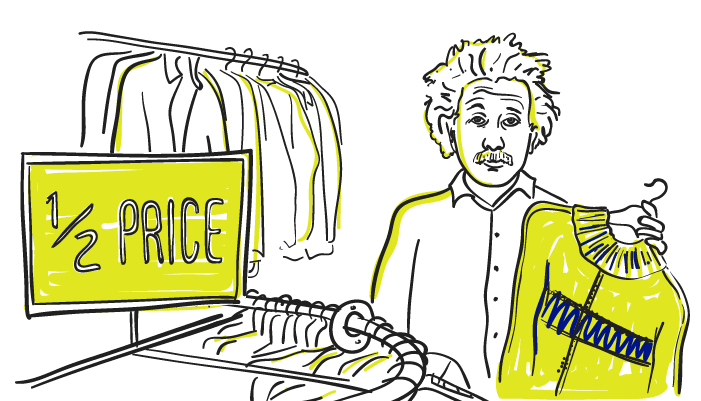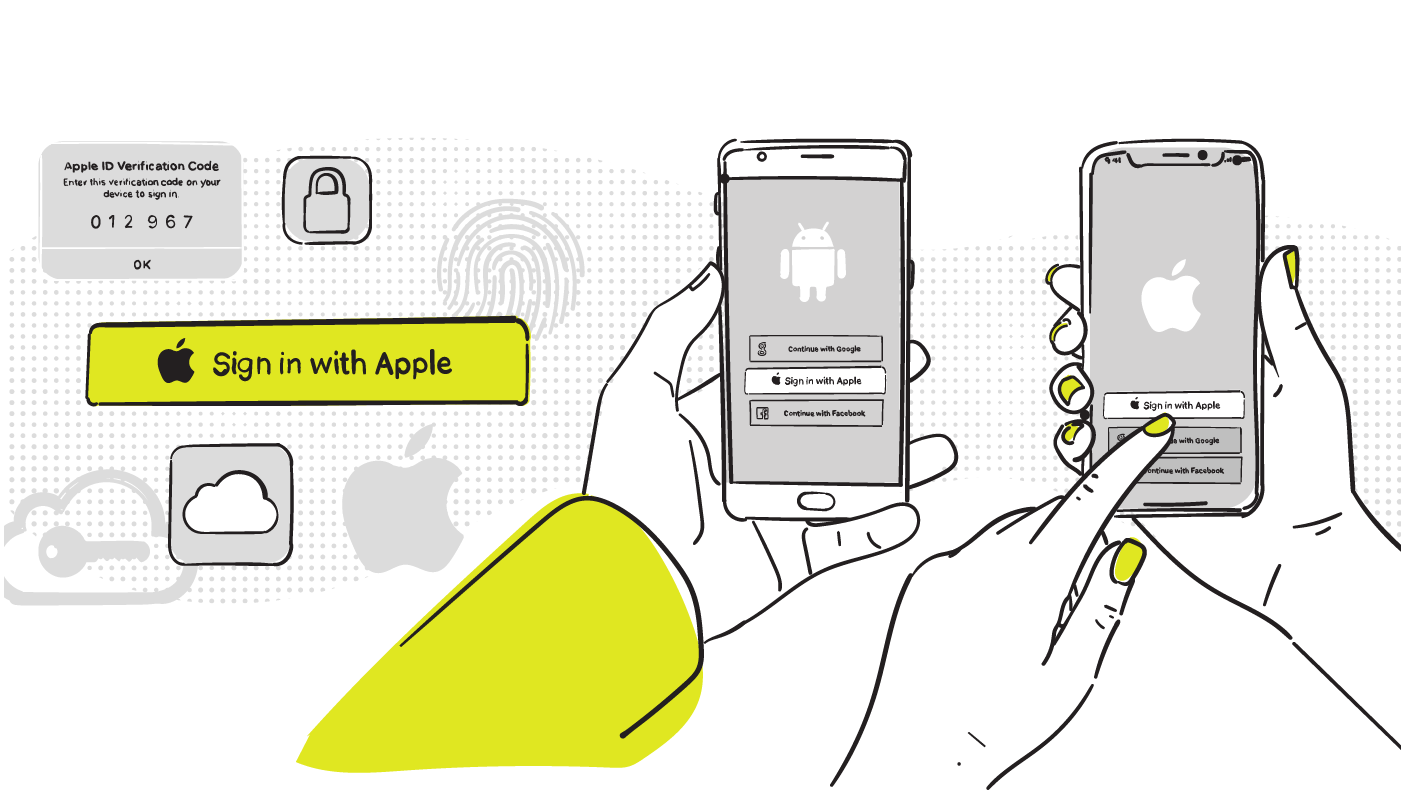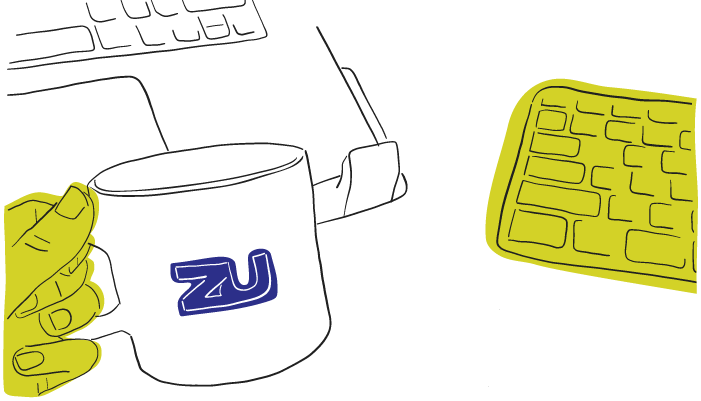
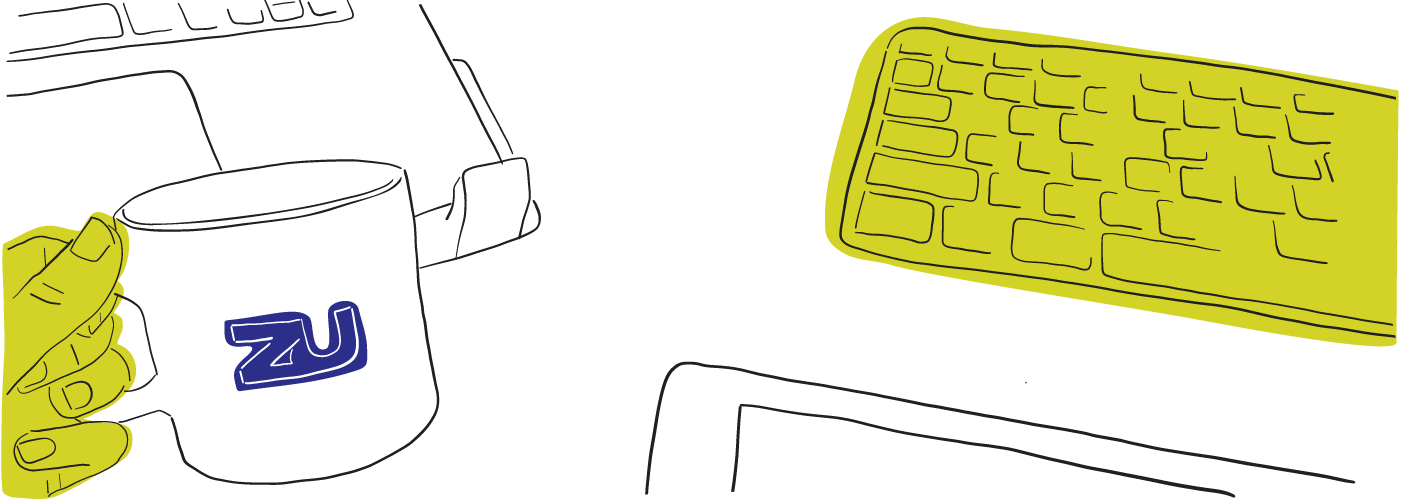
20 years of design
20 years of design
Read the articles inspired by the research, knowledge and experiences of our leading strategists, designers and developers.
20 years ago, the internet was only in its infancy. From Angelfire, to hit counters, to Web 2.0, we take a look back at the evolution of the web design, and the exciting developments still to come.
1995
Although the first website was published in 1991, websites as we know them didn’t become a “thing” until years later. Back then, there was nothing pretty about web design. Tables were often used as the only structural element, which resulted in a mess of tables within tables and spacer gifs to create white space within. Another trend was slicing, where designers would create a composition layout in a program such as Photoshop, and would then cut it into several pieces and reassemble it like a puzzle. Since this was long before the responsive era, this worked great for page performance; instead of having to load one large image at once, several small images were loading. JavaScript soon made an appearance and was there to fill in the gaps where HTML fell short. This was an exciting new language, but it was complicated, slow, and radically different from what was being done. At the time, the web was purely static. JavaScript wanted to change that by allowing developers to build interactive experiences, and to have those experiences be specific to each user through dynamic content.
1996
As websites gained in popularity, developers began looking for the coolest and newest looking visual features – often adopted over best design practices and good markup structure. This resulted in a mid-90s Age of Tackiness, where things like animated text, dancing images, neon colours, and of course the beloved hit counters were popular. This bad design era was partially due to the rise of user-created sites offered from providers such as Angelfire and Geocities. Everyone and their dog had their own personal website, all while having little to no design experience. Noticing this trend, many schools began offering professional web design courses.
1998
An important milestone during this time was the birth of Flash. This was exciting for designers, as they were able to explore new graphics and interaction for the first time (anyone remember intro pages with those bouncing logos?). Some may even say this was the early days of User Experience. Designers were given more creative freedom on the web than ever before. Of course this wasn’t completely smooth sailing; loading time for Flash was an issue, and you always had to make sure you had the latest plugin installed.
Early-mid 2000
With the Millennium came a few changes in the web world. The new development language of CSS (Cascading Style Sheets) emerged. This separated design elements such as colour and text size from HTML. Doing this made developers’ lives easier, controlling the visual design outside of the content. The early 2000’s were also the age of Web 2.0 – a controversial term with broad definition, which may be why Sir Tim Berners-Lee, the creator of the World Wide Web, called it jargon. Jargon or not, this was most certainly a time where more and more user-created content such as journals, photo collections and blogs were being generated. A few design features that became popular during this time are still used today, such as nav bars at the top of the page and drop down menus. There were also some trends we were happy to see leave – like the enter button.
2007
With the release of the first iPhone in 2007, people began using the web on their mobile devices more than ever before. Smartphone users were now expecting content on the go, and businesses clued in by developing mobile versions of their existing websites. Along with this movement came a greater attention to typography, while other features like icons and simpler colour palettes became more prominent.
2010
Mobile use was still skyrocketing, which led to new innovations in web design. Now, rather than providing a separate site designed for your mobile device, websites were becoming responsive. This meant that no matter what kind of device you had, you could view a page and it would adapt fluidly to display only the most important content rather than an overload of information. Designers had to begin simplifying designs and elements, focusing less on unnecessary shadows and gradients, and putting more value on content – this was the birth of flat design.
Present
Today’s designers are still following a lot of the same visual trends from a few years ago, but we are now placing value beyond simple aesthetics. Strategy and marketing techniques are supporting web design more today than ever before, with User Experience (the practice of interacting with the user in a way that makes accessibility easy and enjoyable) on the rise.
Future
There has been a lot of speculation about what will come for web design in the future. If we keep moving at the same pace, it will change even more drastically than it has in the past 20 years. What people are buzzing about the most seems to be the fact that more and more people are using technology on the go. This could mean the end for desktop devices, and the continuing rise of phones, tablets, TVs, gaming consoles, wearables and whatever other new gadget appears next. As we’ve seen recently, these devices have been getting smarter and smarter at a rapid pace. This will likely lead to them becoming an extension of our body, blurring the lines between online and offline.
I personally have some visions of where I hope to see web go. My first hope would be to have one browser only, and if not, then at least the same standards across all browsers. This seems so simple, but it would make designers and developers lives a whole lot easier.
With the standardization of browsers, I would also hope that we will be able eliminate the worry of web performance. Maybe a hefty request, but having as many big, beautiful sharp images that appear instantly without any sort of load time would be amazing!
Another prediction I have for the future is that we may start seeing templates and custom web design applications becoming more advanced and taking over. I imagine having a site or app where you would enter all the details of what kind of website you’re looking for, everything from colours to interaction specifics, and out would pop a beautiful custom website.
This leads me to the conclusion that our role as designers and developers may change drastically in the next few years. Some have talked about the fact that our jobs may die out because of the rise of smart technology. While that is a scary thought, I believe that computers will never fully replace a human’s creative mind. Perhaps we need to evolve our role as web designers, but that is nothing new for us. Just like any career in technology, we are learning something new daily as elements of our industry become obsolete, arguably quicker than any other industry. The future can be nerve-wracking, but I’m more excited than I am frightened for what’s to come!

